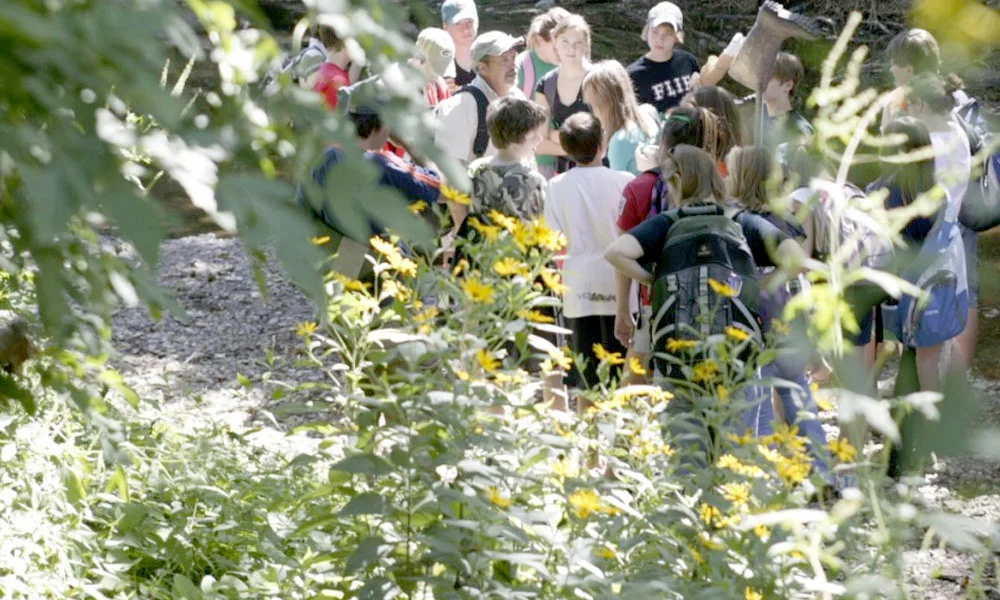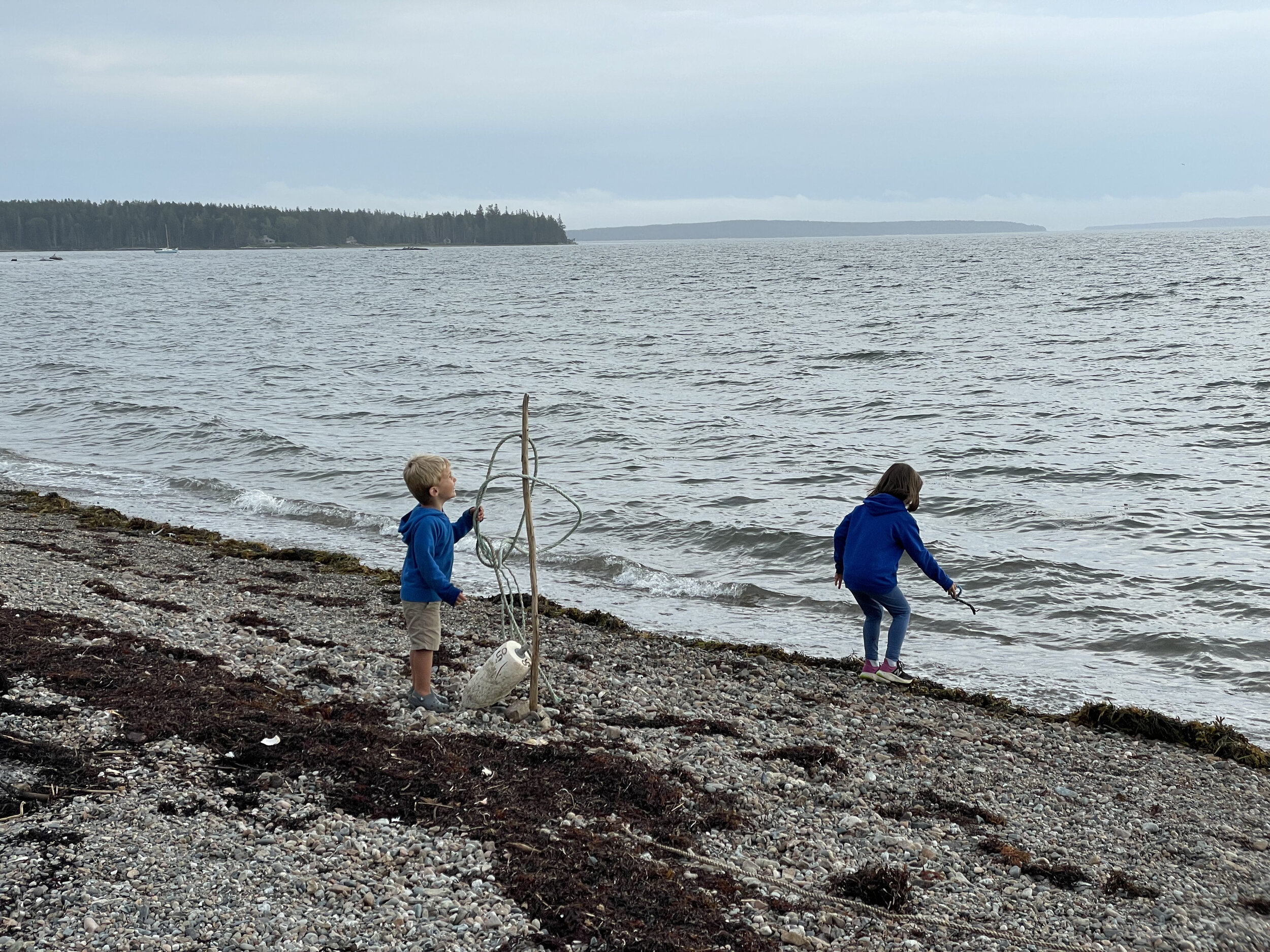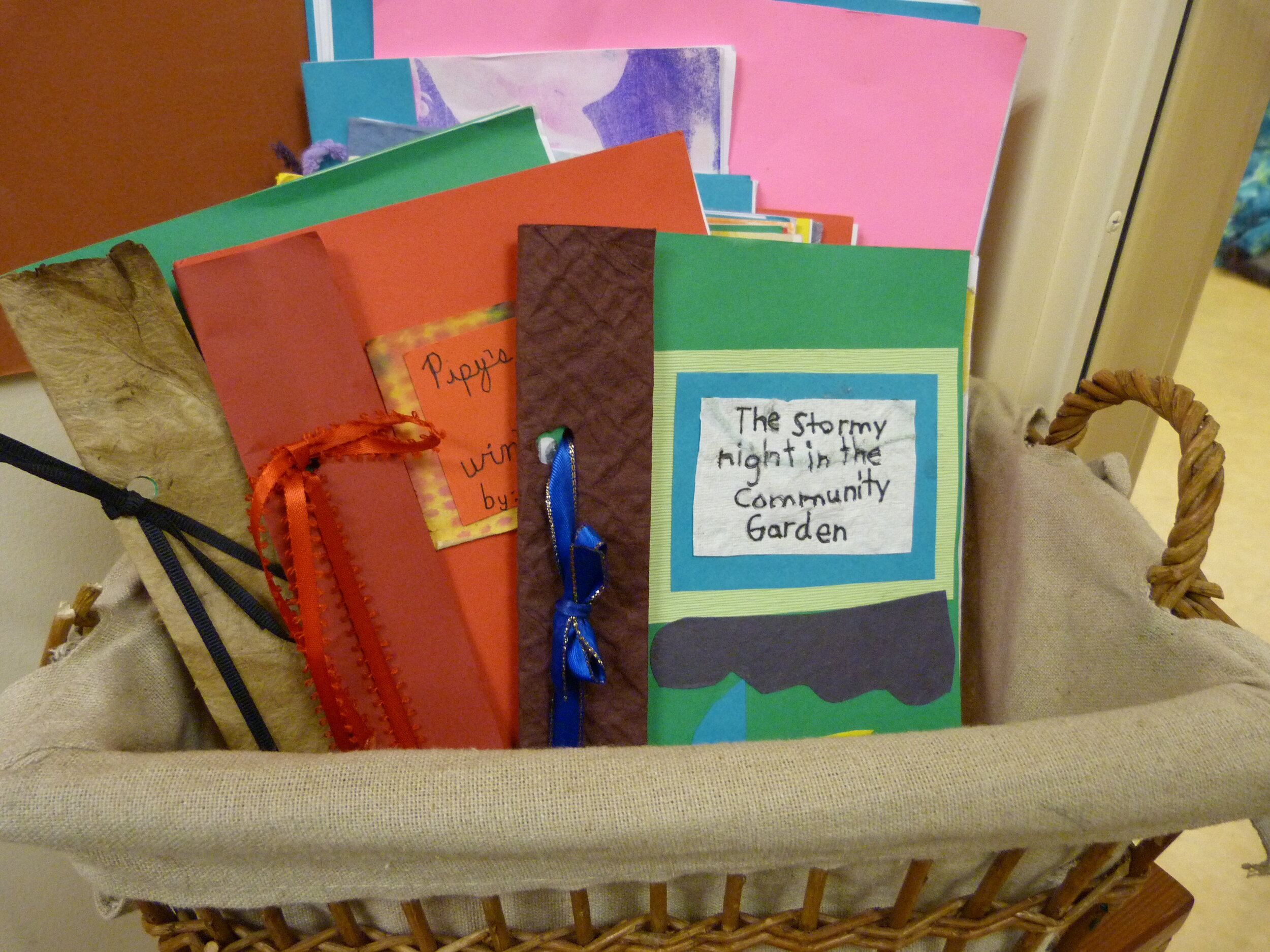Before sunset
October is so beautiful in Vermont. It takes your breath away. We are marveling at the landscape, the color, the light, the clear skies, the tomatoes still ripening, and the bright planets of Venus and Jupiter just after sunset. I was inspired to get out my “real” camera. So, this month we will post images of October along with Robert Frost’s poem with this month’s name as its title, urging us to “Slow, slow!” We will be back next month to share writing, reflections, and learning.
Delight in October wherever you are.
Misty Morning
October
BY ROBERT FROST
O hushed October morning mild,
Thy leaves have ripened to the fall;
Tomorrow’s wind, if it be wild,
Should waste them all.
The crows above the forest call;
Tomorrow they may form and go.
O hushed October morning mild,
Begin the hours of this day slow.
Make the day seem to us less brief.
Hearts not averse to being beguiled,
Beguile us in the way you know.
Release one leaf at break of day;
At noon release another leaf;
One from our trees, one far away.
Retard the sun with gentle mist;
Enchant the land with amethyst.
Slow, slow!
For the grapes’ sake, if they were all,
Whose leaves already are burnt with frost,
Whose clustered fruit must else be lost—
For the grapes’ sake along the wall.
Aster amellus
Robert Frost Interpretive Trail, Ripton, Vermont
View from Hurd Grasslands, Weybridge, Vermont

























